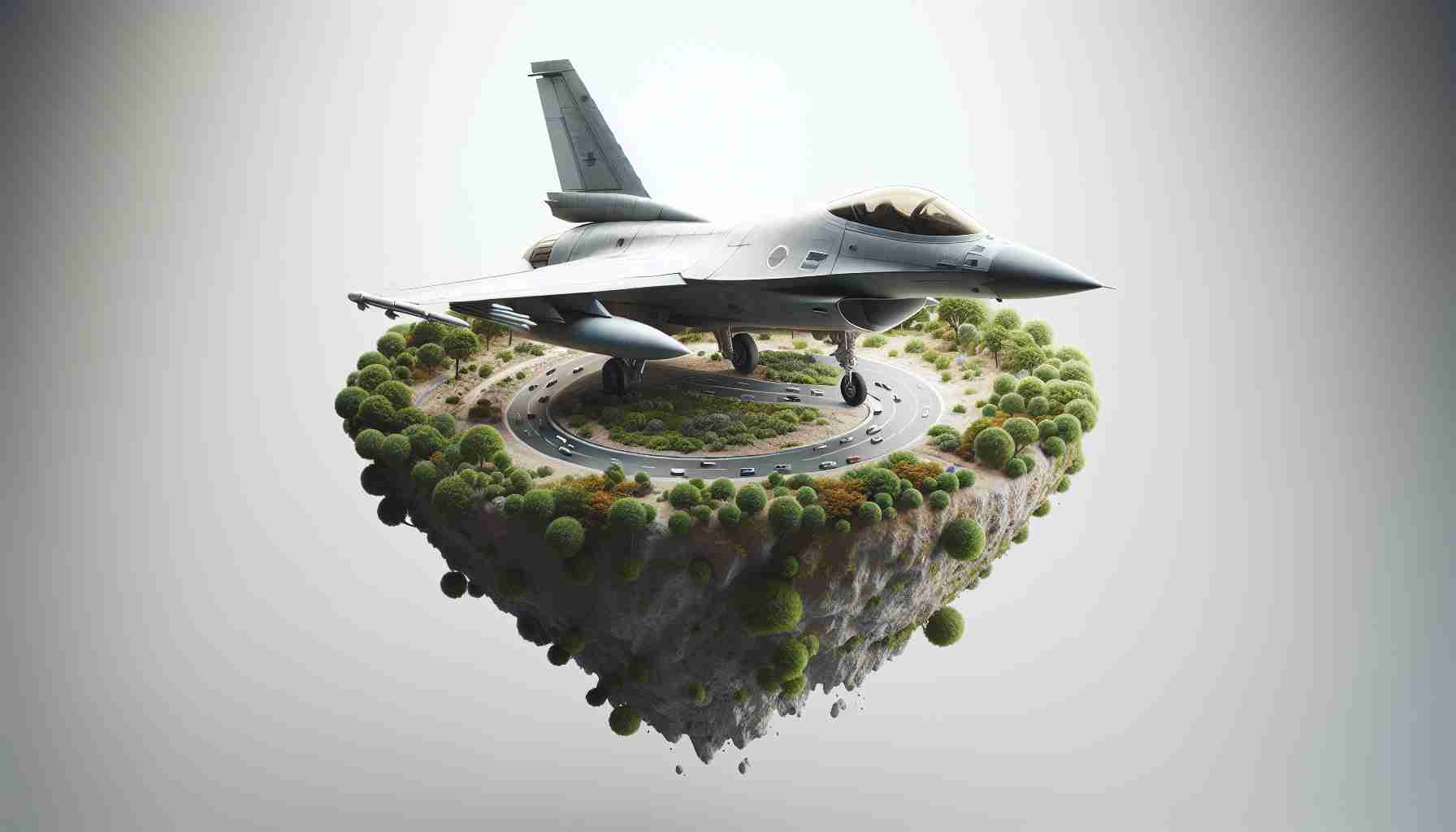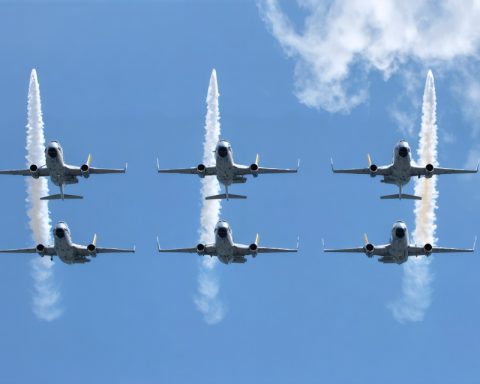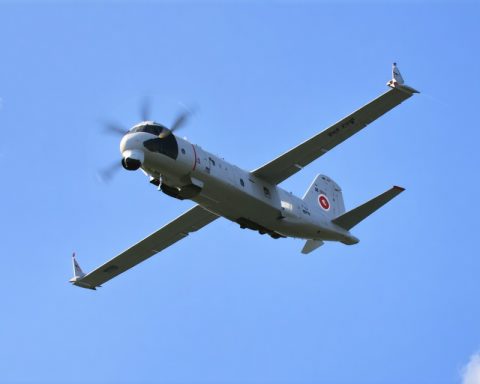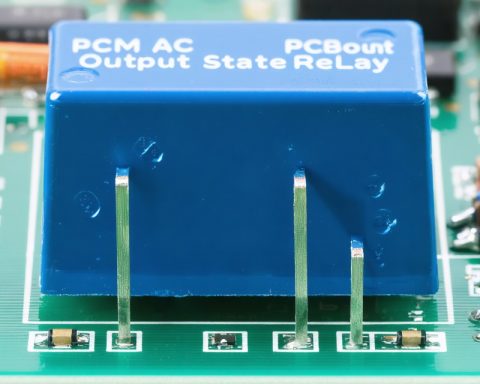A landmark agreement among the defense sectors of Italy, the UK, and Japan sets the stage for a groundbreaking project: the development of a sixth-generation fighter jet system. Key companies from each country, Leonardo from Italy, BAE Systems from the UK, and Japan’s JAIEC, revealed plans on December 13 to launch a new joint venture under the Global Combat Air Programme (GCAP) initiative.
This collaborative effort is expected to formally establish its headquarters in the UK by the middle of 2025, with leadership starting from Italy. Each company will equally share ownership of the venture. The cutting-edge fighter jet, designed to replace the Eurofighter Typhoon jets, is scheduled to enter service by 2035 and remain operational until at least 2070.
A crucial characteristic of this future aircraft is its ability to control a fleet of drones in combat, effectively operating as an airborne command center. The project aims to develop a stealth fighter that functions as a flying supercomputer, revolutionizing aerial warfare.
Funding for the initial phase of the project, which includes developing the primary aircraft, is backed by a €45 billion investment from the three partner nations. Subsequent stages will focus on creating advanced drones for reconnaissance and combat roles, driven by AI technology.
As the project unfolds, there’s speculation that Saudi Arabia may join this defense initiative. Interest from other nations could bring the total program cost over €100 billion, marking it as a pivotal development in global defense strategy. The potential addition of Saudi Arabia aims to position them centrally in the expansive Middle Eastern aviation market.
Revolutionizing Aerial Warfare: The New Era of Sixth-Generation Fighter Jets
In a significant stride for global defense technology, Italy, the UK, and Japan have embarked on an ambitious journey to develop a sixth-generation fighter jet system. This groundbreaking collaboration under the Global Combat Air Programme (GCAP) promises to redefine the landscape of aerial combat and military aviation.
Key Features and Capabilities
The new fighter jet, aimed at replacing the Eurofighter Typhoon jets, is set to be more than just an aircraft—it’s designed to be a flying supercomputer. Key features include:
– Stealth Capabilities: This advanced fighter will incorporate state-of-the-art stealth technology, making it nearly invisible to radar systems.
– Drone Command: A standout feature is its ability to control a fleet of drones, expected to operate effectively as an airborne command center. This capability allows for coordinated drone operations directly from the aircraft.
– AI Integration: The project emphasizes the use of artificial intelligence to enhance reconnaissance and combat roles, particularly in the development of advanced drones.
Innovations and Technological Advances
Leading the innovation charge, the GCAP initiative harnesses the expertise of leading defense companies: Leonardo from Italy, BAE Systems from the UK, and Japan’s JAIEC. These companies are at the forefront of integrating cutting-edge technologies into the fighter jet’s design.
Market and Strategic Insights
The project’s overarching goal is not only to advance military technology but also to position the involved nations as leaders in the future of military aviation. The collaborative effort anticipates a robust entry into the global market, with a potential expansion into the Middle Eastern aviation sector. There is speculation that Saudi Arabia may join the initiative, further solidifying the program’s reach and strategic importance.
Financial Investment and Sustainability
This endeavor is backed by a substantial €45 billion investment shared equally among the three nations. This funding covers the initial development phase of the primary aircraft, with subsequent investments anticipated for drone development and operational enhancements. If Saudi Arabia and other nations join, the program cost could exceed €100 billion, underscoring the project’s expansive vision and sustainability for decades.
Predictions and Future Developments
Set to enter service by 2035, this new generation fighter is projected to remain operational until at least 2070, marking a long-term commitment to air superiority. As global tensions and technological races continue, such projects are vital in shaping future military strategies and defense capabilities.
The sixth-generation fighter jet initiative exemplifies unprecedented collaboration and heralds a new era in aerial warfare. With advancements in AI, stealth, and drone technology, the project resonates with the strategic imperatives of modern defense landscapes and sets the stage for potential future collaborations on a global scale. To learn more about the companies involved, visit Leonardo, BAE Systems, and JAIEC.












